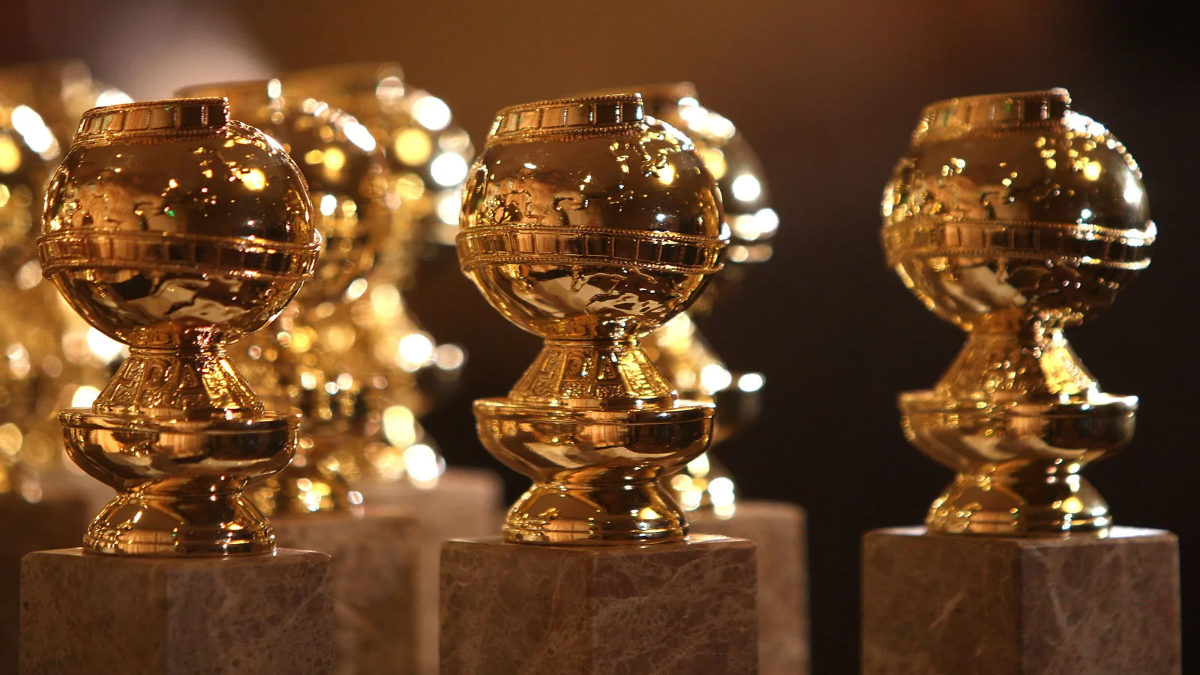
Advertisement
The nominations for the 81st Golden Globe Awards marked a departure from the historically questionable choices of the past. For ages, the awards faced ridicule for favoring star power over merit, evident in nominations like The Tourist for Best Picture – Musical or Comedy and the inclusion of titles like the 2005 remake of The Producers. Additionally, the jarring placement of movies like La La Land and Deadpool alongside seemingly unrelated films further fueled criticism. Most significantly, the persistent exclusion of works by people of color was a longstanding issue, undermining the awards’ credibility.
While the 81st Golden Globe Awards attempted to showcase progress, the introduction of the “Cinematic and Box Office Achievement” category raised eyebrows. This category, featuring blockbusters like Guardians of the Galaxy Vol. 3 and Spider-Man: Across the Spider-Verse, aimed to highlight the highest-grossing movies of the year, emphasizing financial success. However, this move drew backlash for its focus on monetary gains over artistic quality and diversity.
The nominations, comprising primarily American blockbusters, overlooked globally successful films from other regions like China and India. The decision to spotlight movies based on their box office earnings rather than their artistic merits reflected a U.S.-centric perspective. Golden Globes president Helen Hoehne defended the category, emphasizing its acknowledgment of quality beyond financial success, yet the underlying aim to attract viewers and reclaim relevance was apparent.
The creation of this category inadvertently patronized the artistic achievements of films like Barbie and Spider-Verse, relegating them solely to their financial prowess. Such a move segregated these movies from conventional categories, treating them as mere tools for ratings boost rather than recognizing their contributions to cinema.
The Golden Globes’ persisting issues extend beyond this new category. Despite efforts to revamp the ceremony and broaden its scope, the awards continue to prioritize big names and commercial success over artistic merit and diversity. The representation of people of color in key categories remains inadequate, perpetuating the ceremony’s historical flaws.
Furthermore, the introduction of a category celebrating box office achievements reflects a wider trend within the film industry. Powerful industry figures often champion commercial blockbusters as underdogs deserving of recognition, despite the growing audience acceptance of foreign-language and unconventional independent films. This emphasis on financial success diminishes the value of such blockbusters and underscores the Golden Globes’ misguided priorities.
The exclusion of marginalized voices and the persistent focus on star-studded, commercially successful films underscore the Golden Globes’ inability to evolve beyond its historical shortcomings. Despite changes in ownership and attempts to improve, the ceremony’s fundamental flaws persist, contributing to its diminished credibility within the industry.
As long as the Golden Globes operate within a film industry and society that prioritize financial gain over genuine artistic achievement, their harmful tendencies, exemplified by categories like Cinematic and Box Office Achievement, will endure. The ceremony’s problematic nature mirrors the industry’s toxic priorities, perpetuating a cycle that prioritizes profits over the diverse and meaningful storytelling that truly defines cinematic excellence.
